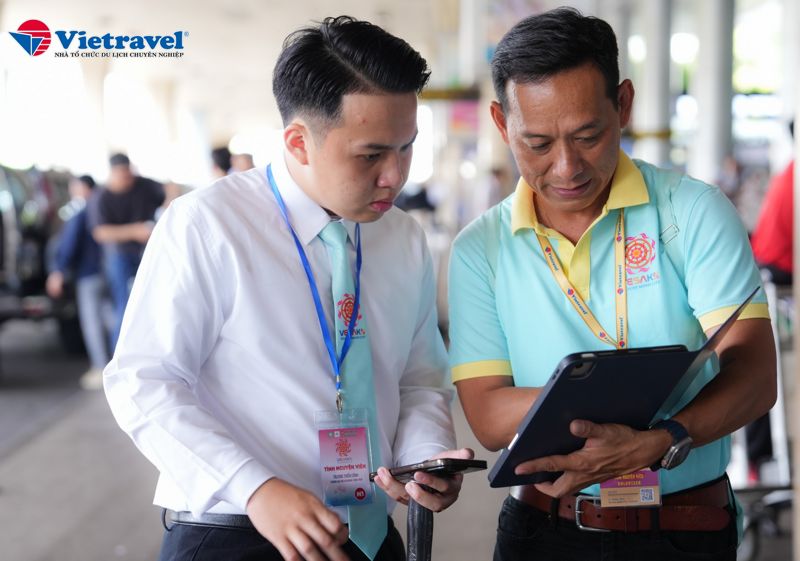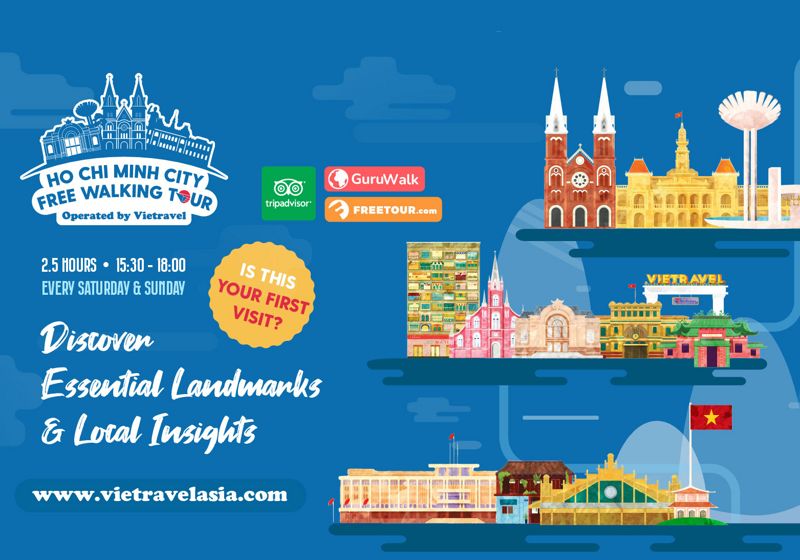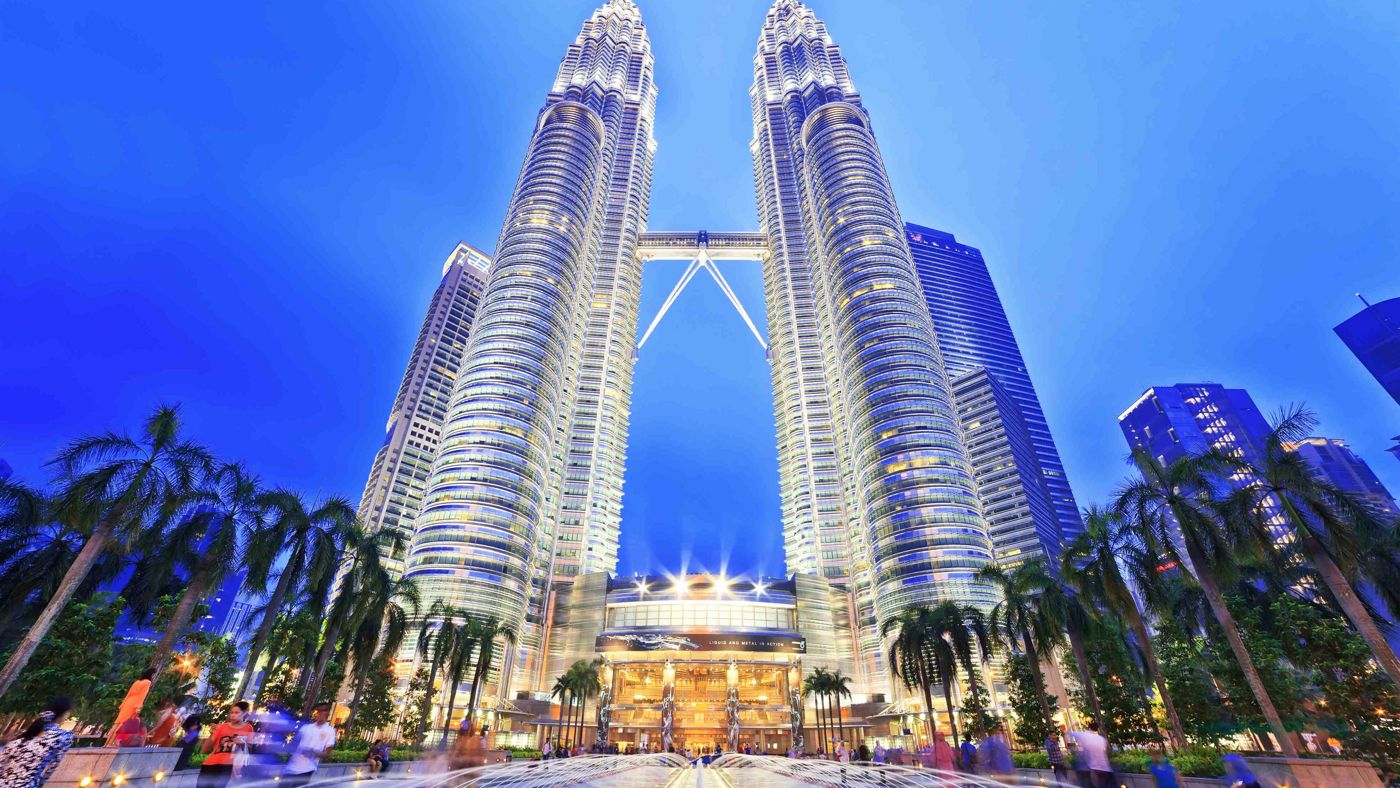
Location
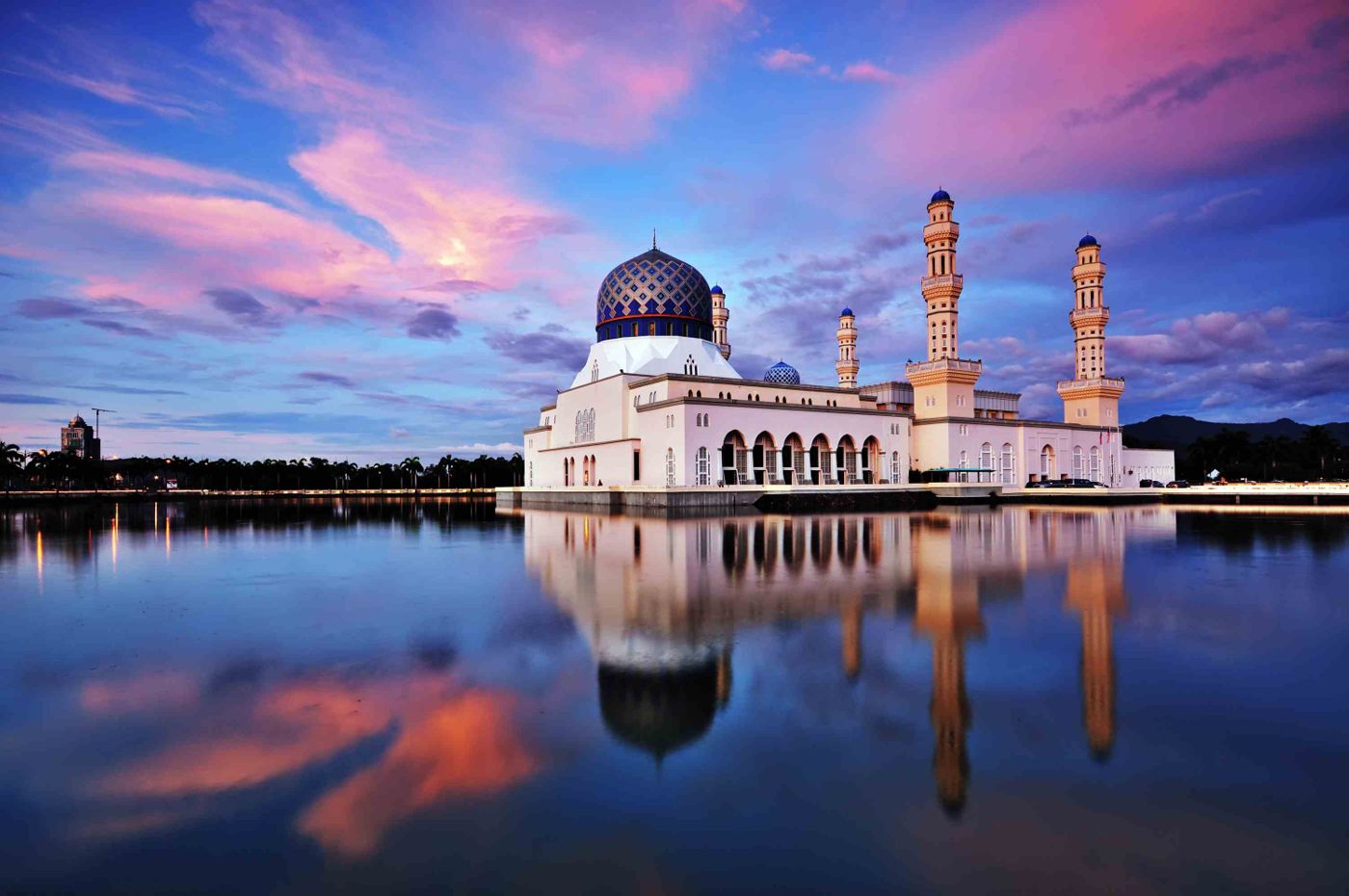
Malaysia is located in South East Asia and is comprised of 13 states and 3 federal territories spread across the two relatively equal regions Peninsular Malaysia and East Malaysia. With a landmass totaling 329,847 square kilometres, these regions are separated by the South China Sea and share land borders with Indonesia, Thailand and Brunei. Kuala Lumpur is the capital city which is located on Peninsular Malaysia, the most popular holiday destination in the country.
Area: 330,803 km2
Population: 32.301.001 (2019)
Currency: Ringgit (RM) (MYR)
History
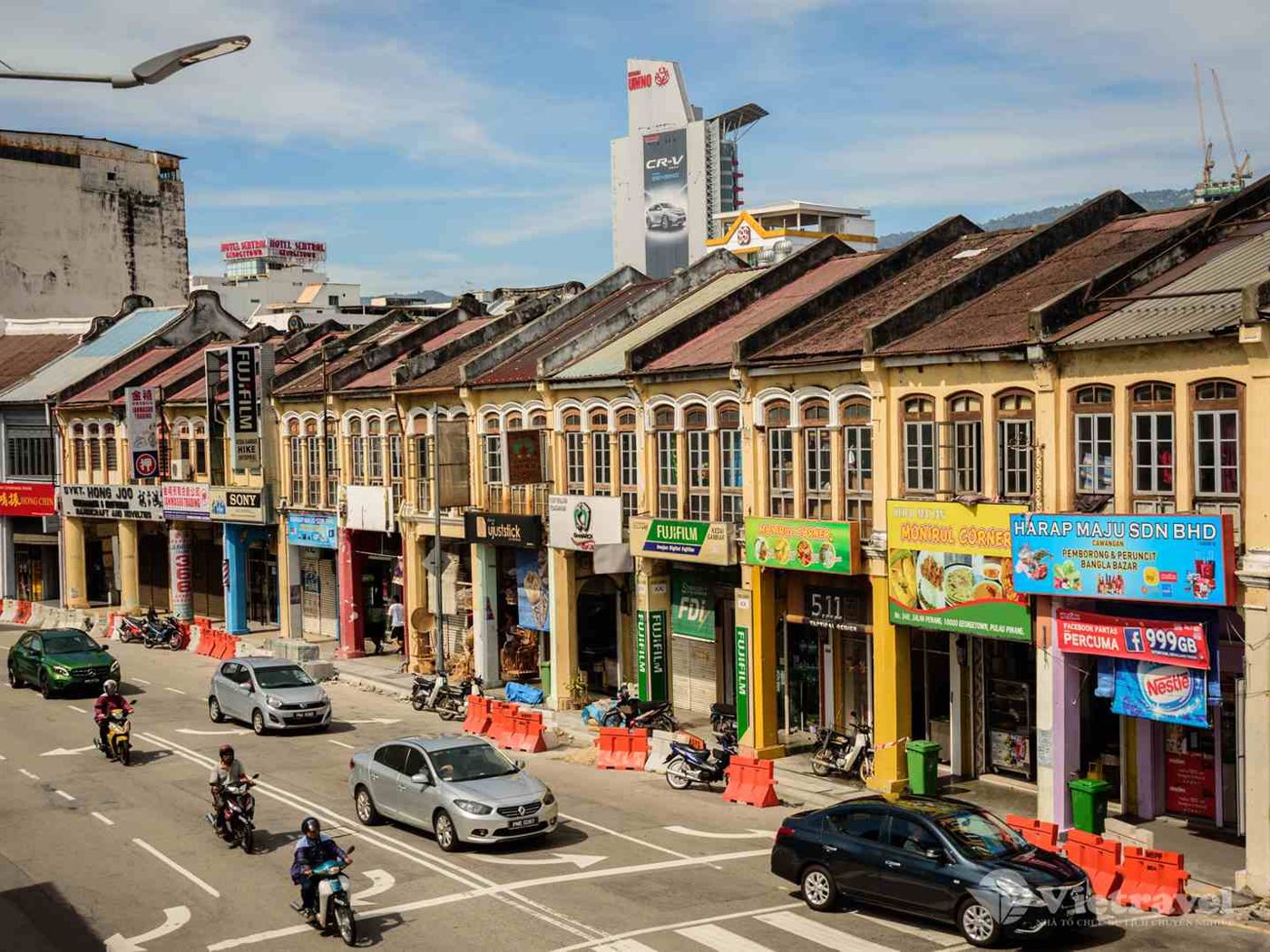
The independent state of Malaysia was created on 16 September 1963 as a federation of Malaya, Singapore, Sabah and Sarawak. However, in 1965 Singapore withdrew from the federation to become a separate nation. The first settlers migrated to the area between 2500 and 1500 BC. Hinduism was replaced by Islam around the fifteenth century.
During the 1800s, British and Dutch influence in the region grew as a consequence of trade and colonialism. During World War Two, Japan occupied Malaya, Sabah, Sarawak, and Singapore. After the War, the Allied Forces tried to unite the administration of Malaya in the Malayan Union, which was met by opposition so it quickly dissolved, and was replaced in 1946 by the Federation of Malaya under British protection.Between this time and the formation of modern day Malaysia in 1965, there were numerous guerilla operations launched by the Chinese against the British. As a result, in 1963 a federation of Malaya with the British colonies of Sabah, Sarawak and Singapore, was created.
Culture
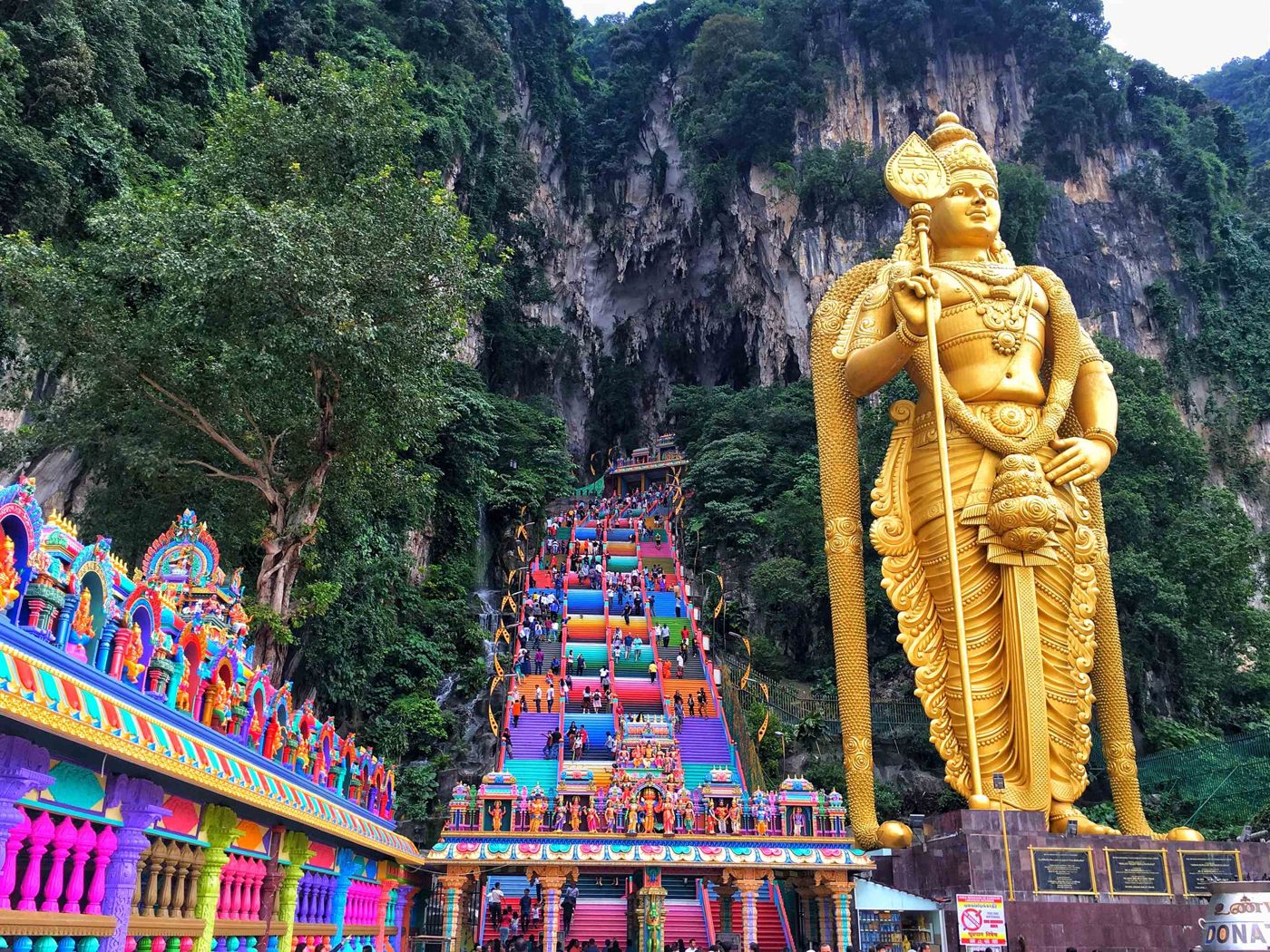
Malaysia is a multi-cultural society. The main ethnic groups are the native Malays as well as large populations of Chinese, and Indians. When visiting the country it is clear that the ethnicities retain their religions, customs and way of life. The most important festivals of each group are public holidays.Although growing up, children are educated in the same schools and will eventually work in the same offices, few marry outside their own ethnicity. Families tend to socialise within their own ethnic group, all part of retaining their individual traditions and lifestyles. Despite the ethnic differences there are commonalities culturally speaking.
Religion
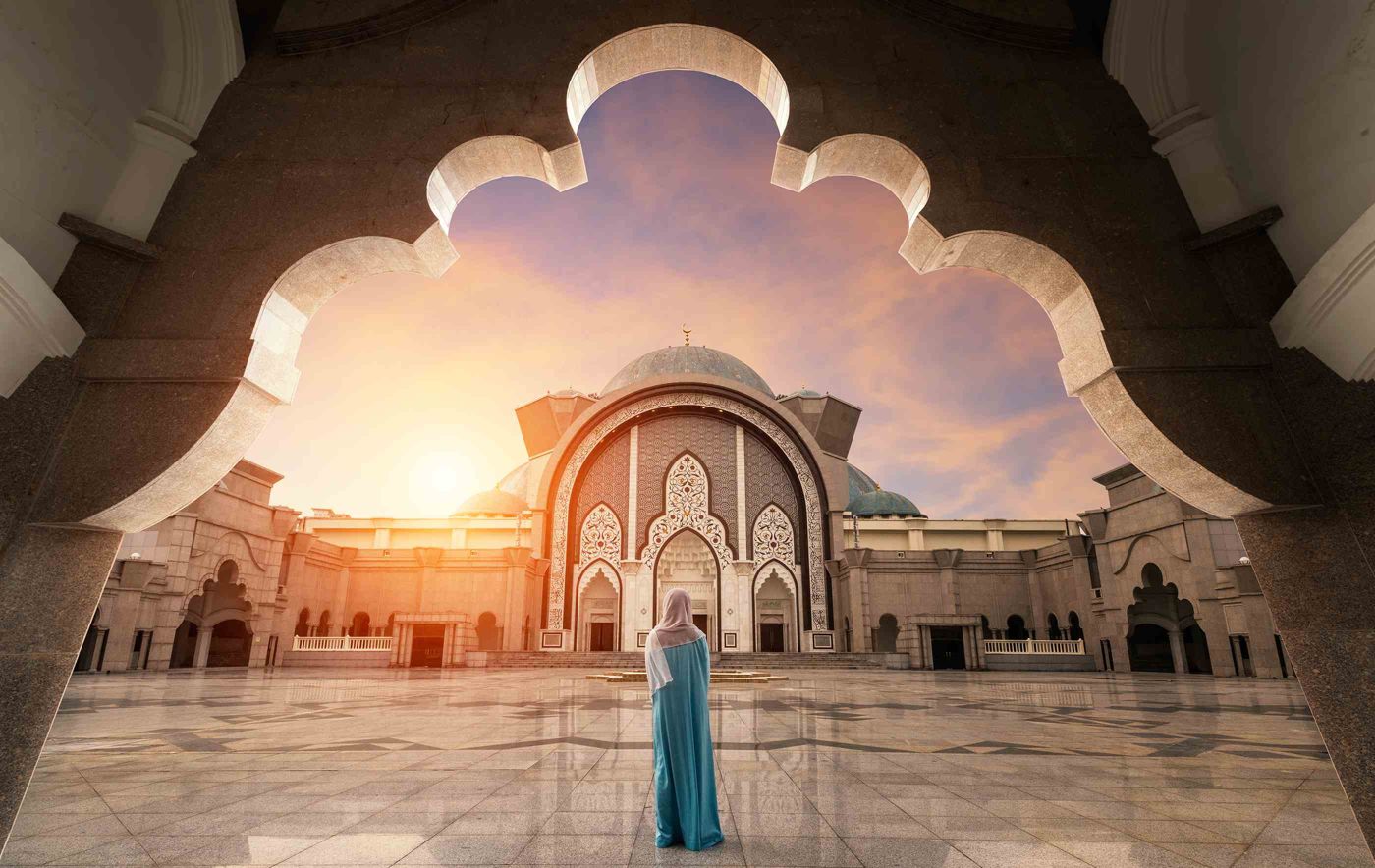
Nearly all the world’s religions, including Islam, Buddhism, Hinduism, and Christianity are present in Malaysia. Religion correlates strongly with ethnicity, with most Muslims Malay, most Hindus Indian, and most Buddhists Chinese. The presence of such diversity heightens the importance of religious identity, and most Malaysians have a strong sense of how their religious practice differs from that of others. Religious holidays, especially those celebrated with open houses, further blend the interreligious experience of the population.
Language
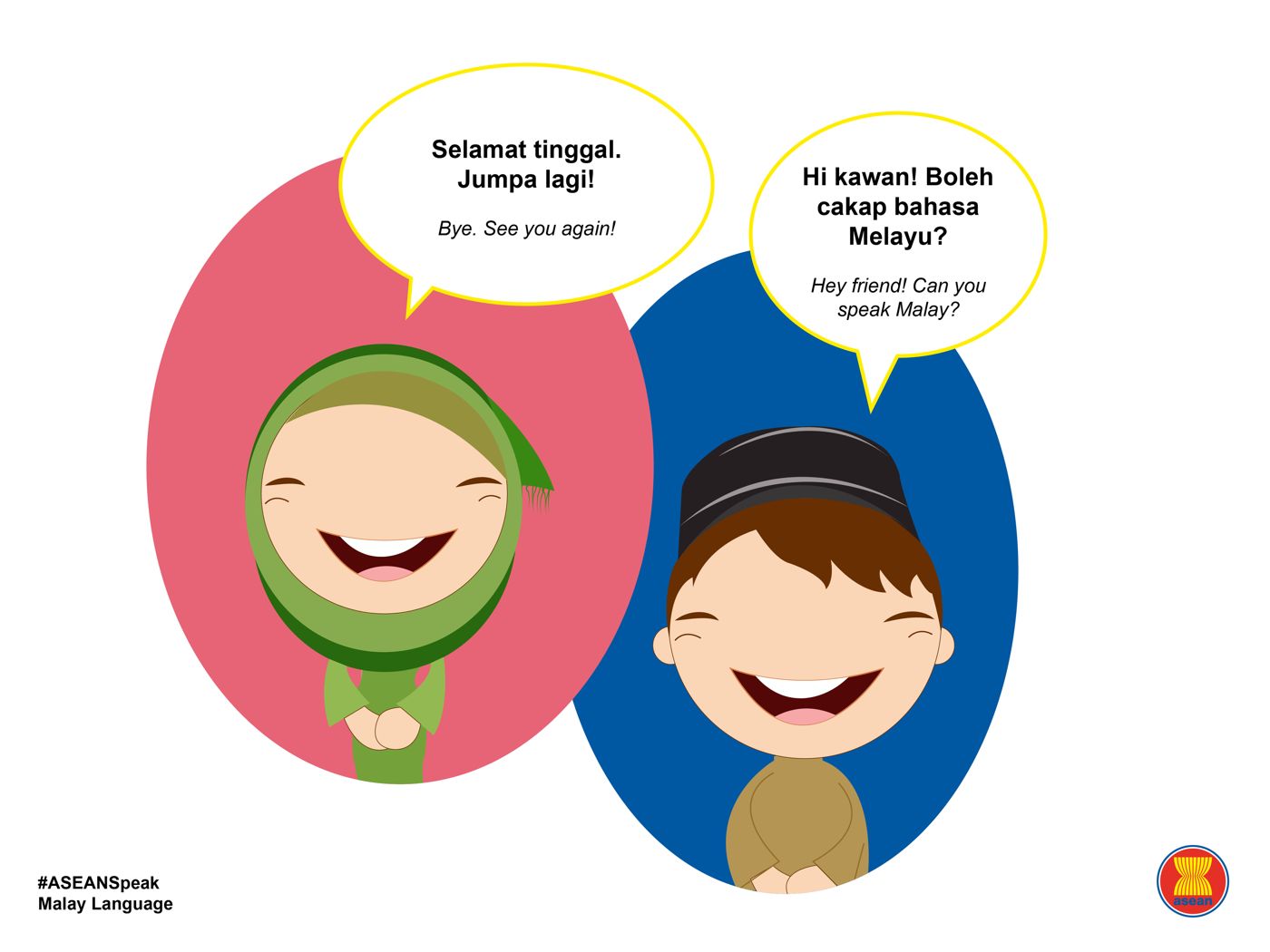
Official Language: Bahasa Melayu (simply called "Malaysian" or informally just "Bahasa" in Malaysia)
When compared to some tonal Asian languages such as Thai, Vietnamese, and Mandarin, the Malaysian language is relatively easy for travelers to speak and learn. Bahasa Melayu does not use tones, and the rules of pronunciation are very straightforward and predictable. Even more convenient, the English alphabet is used, so travelers can read signs and menus a lot easier than when trying to decipher an unfamiliar script.Although the official language is
Bahasa Melayu, a majority of the population also speaks English due to the large mix of ethnic backgrounds. Business is often conducted in English with heavy doses of regional slang thrown in. English often serves as the working language at universities and in government offices.
Etiquette
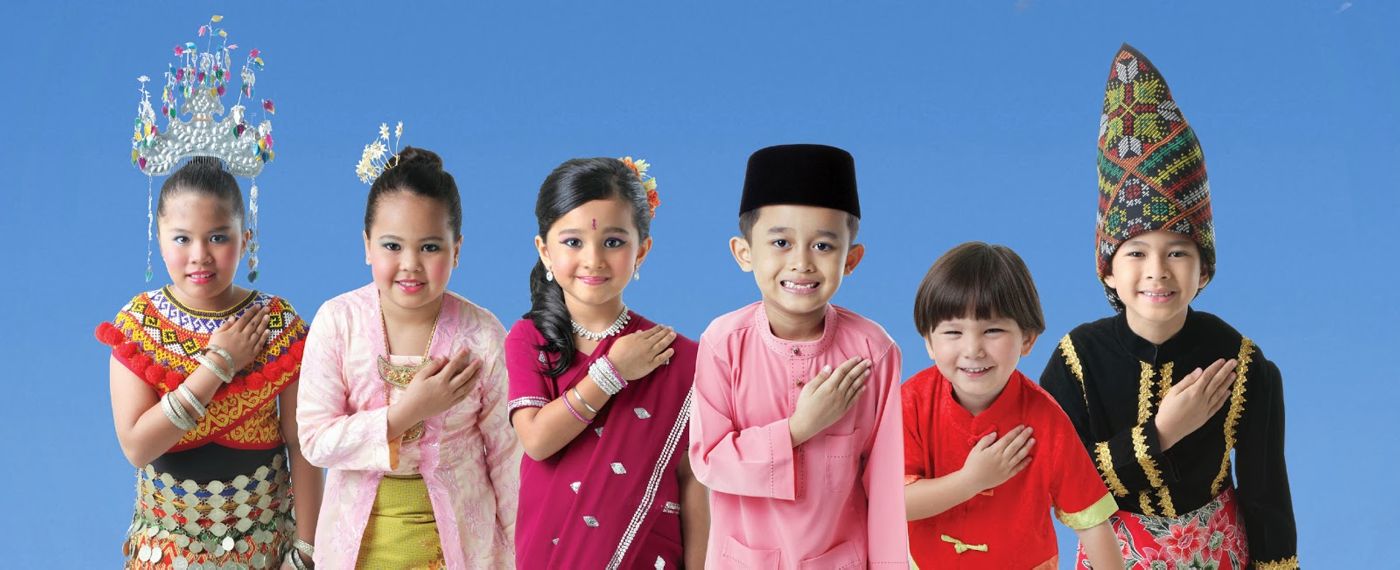
When Malaysians meet strangers, they seek to fit them into a hierarchy via guesses about one's religion (Muslims use the familiar Arabic greetings only to other Muslims); inquiries into one's organization (as an initial question many Malaysians will ask, "who are you attached to?"); and estimations of age (unknown older men are addressed by the honorific "uncle," women as "auntie" in the appropriate language). Strangers shake hands, and handshaking continues after the first meeting (Malays often raise the hand to their heart after shaking), though it is sometimes frowned upon between men and women.
Greetings are always expressed with the right hand, which is the dominant hand in Malaysian life. Since the left hand is used to cleanse the body, it is considered inappropriate for use in receiving gifts, giving money, pointing directions, or passing objects.
People
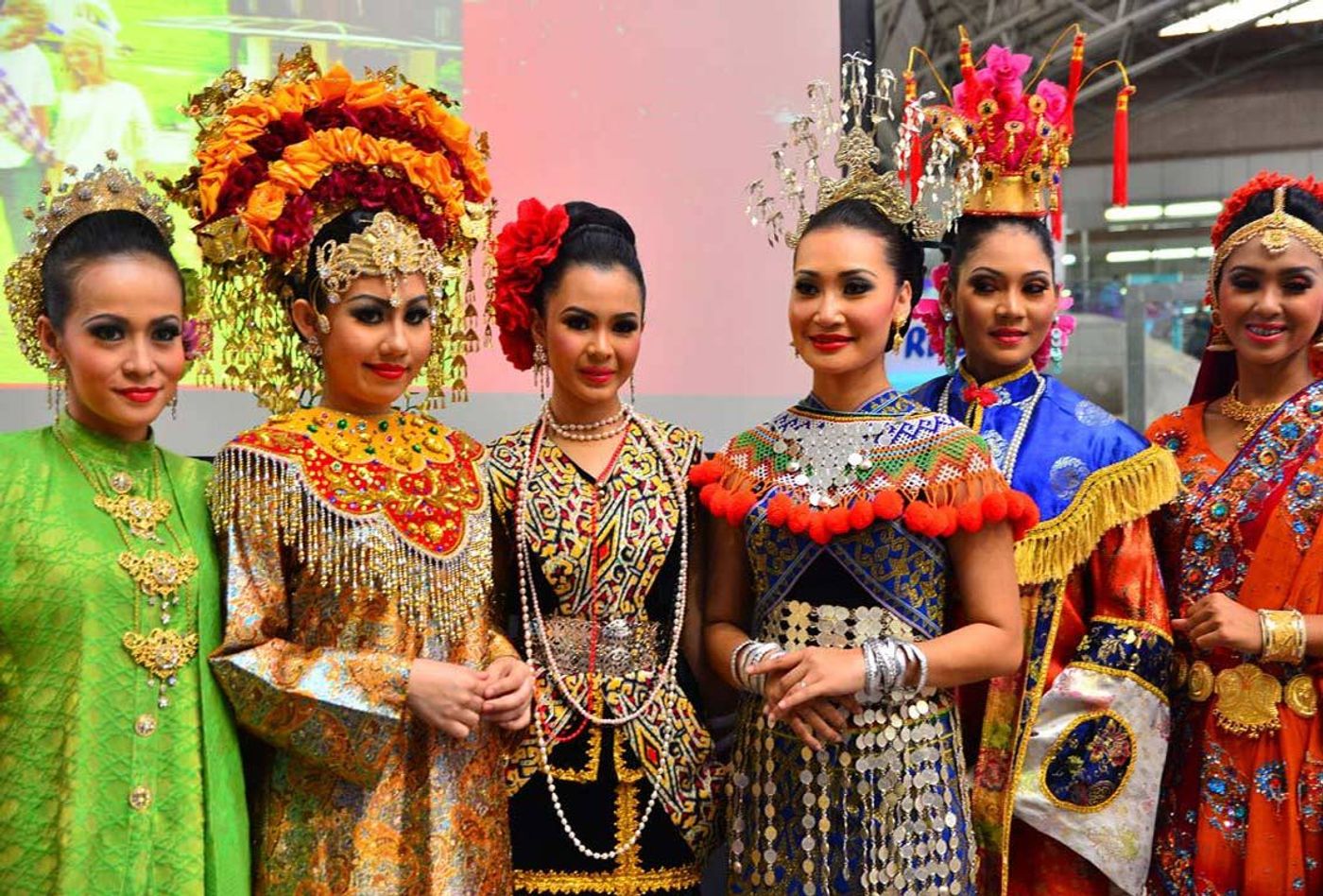
While traveling in Malaysia, travelers get to interact with people from a diverse mix of different ethnic backgrounds. In any given situation, you will often find Malay, Indian, and Chinese doing business and speaking English together.
The indigenous groups in Malaysian Borneo, collectively referred to as the Dayak people, are made up of over 200 tribes and subgroups. Many have their own languages and customs.
The best time to visit
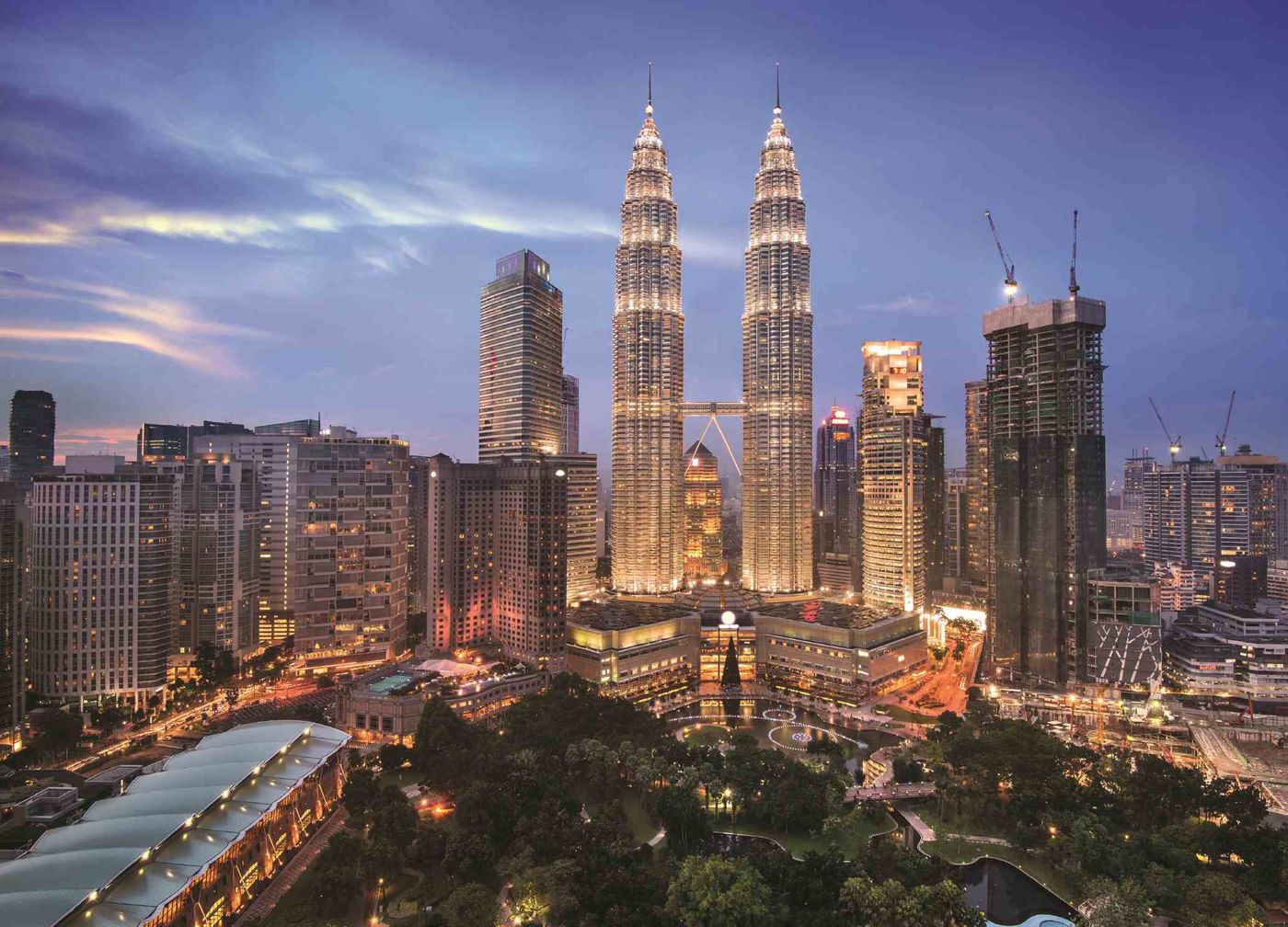
The weather is perfect for a beach holiday from January till December, although abundant rainfalls are practically possible anytime. Although abundant rains fall 12 months a year, the greatest quantities fall in October, November and December, as well as in April.
Source Internet
